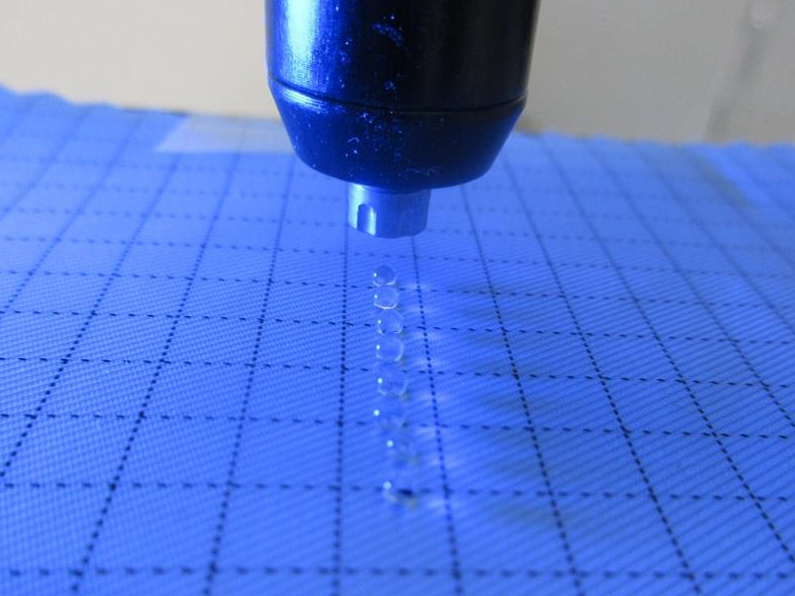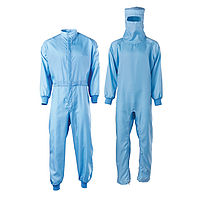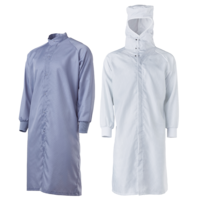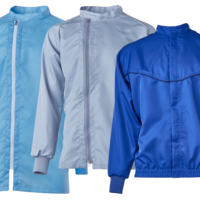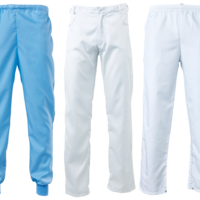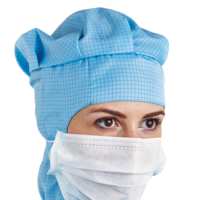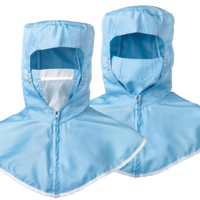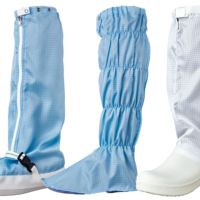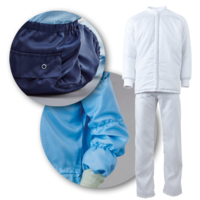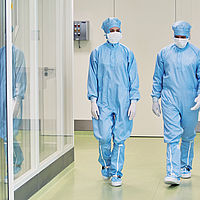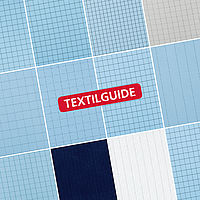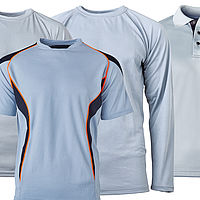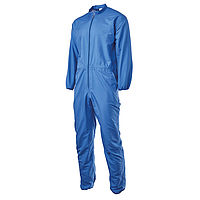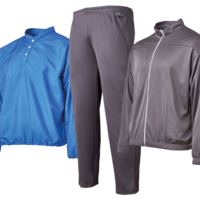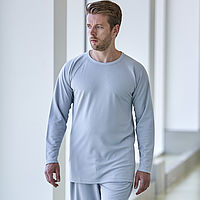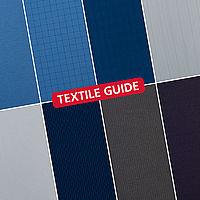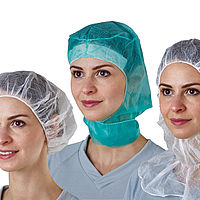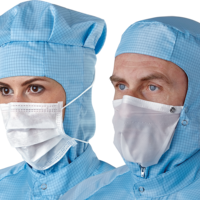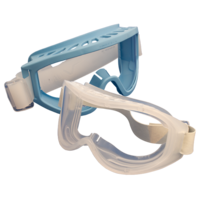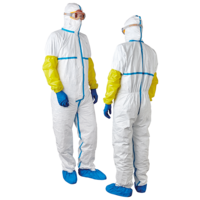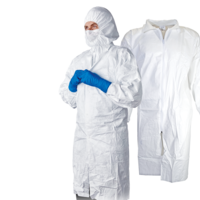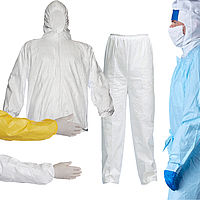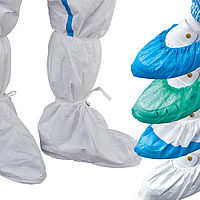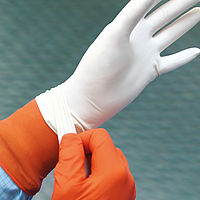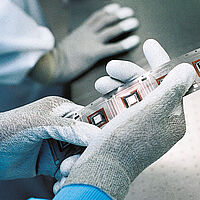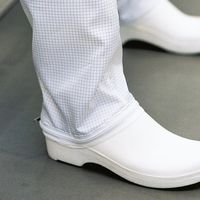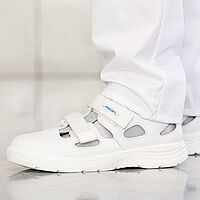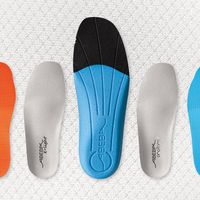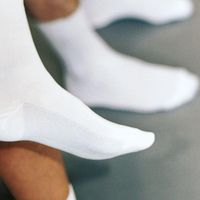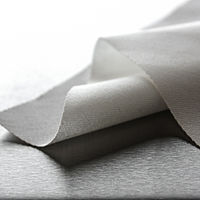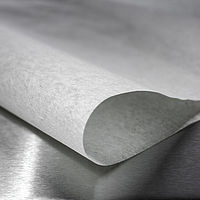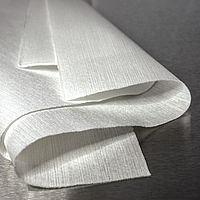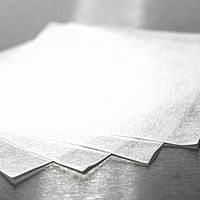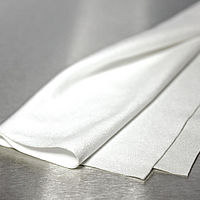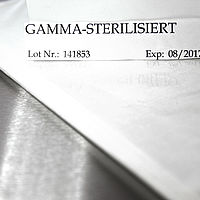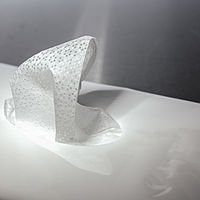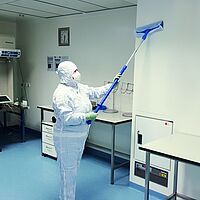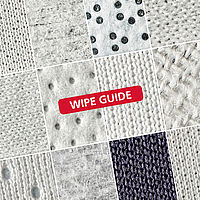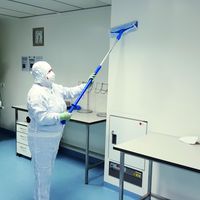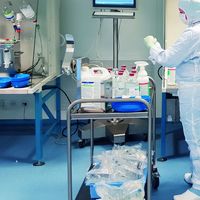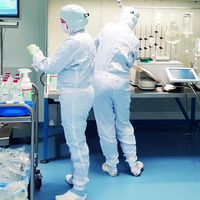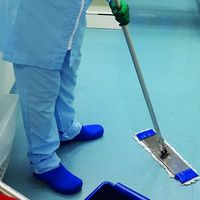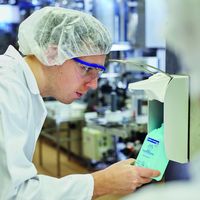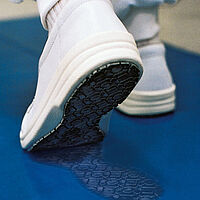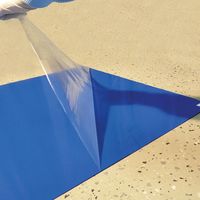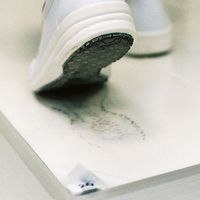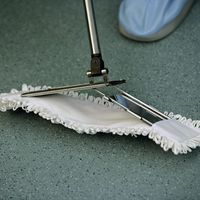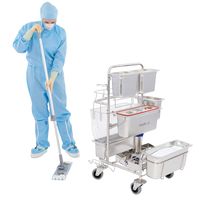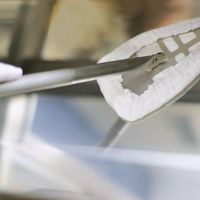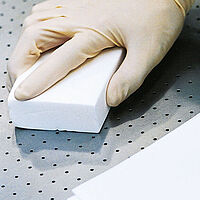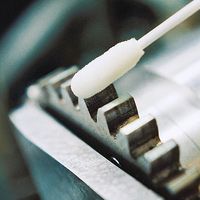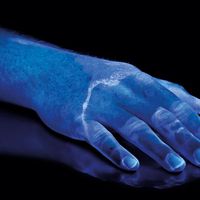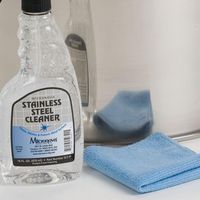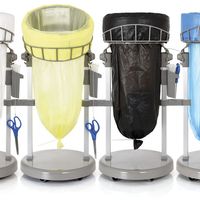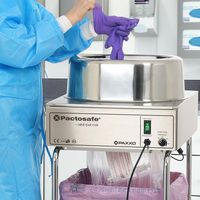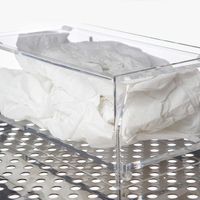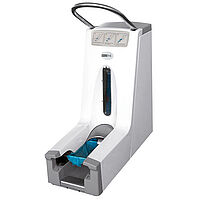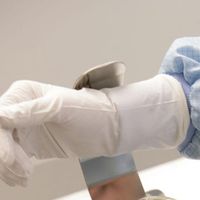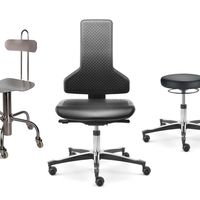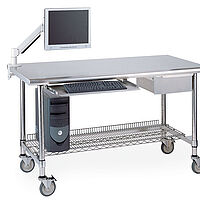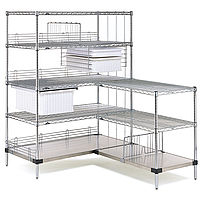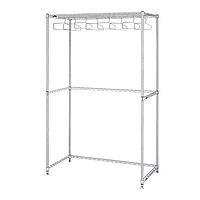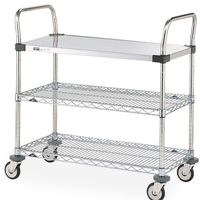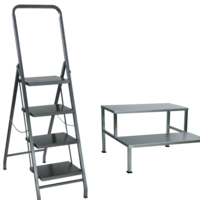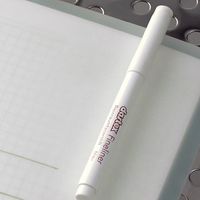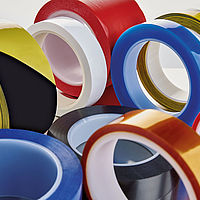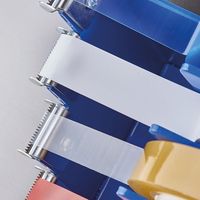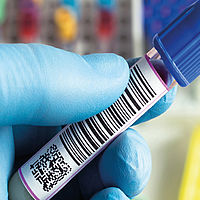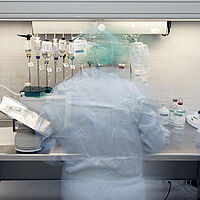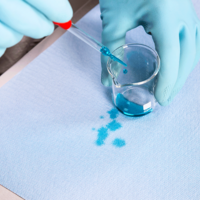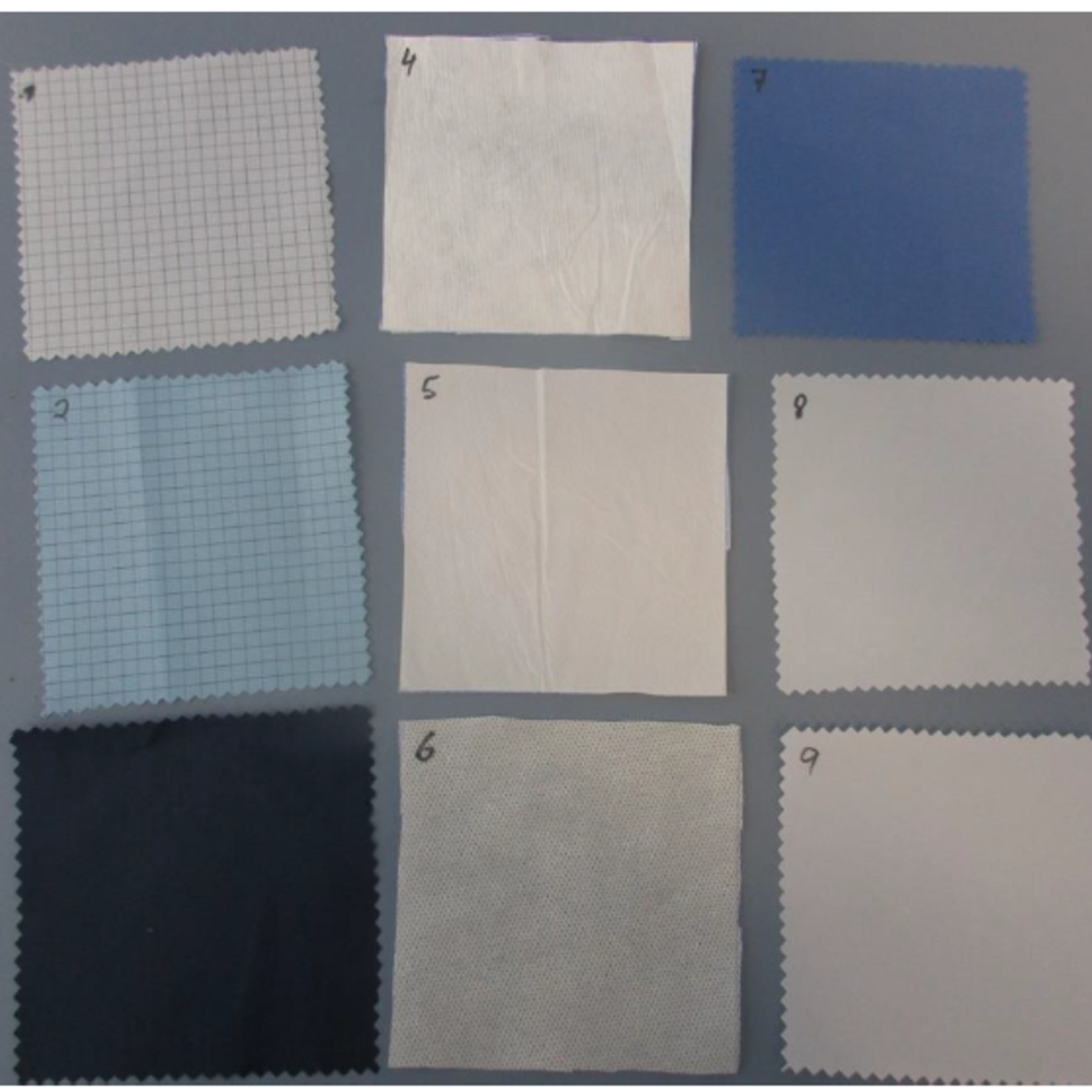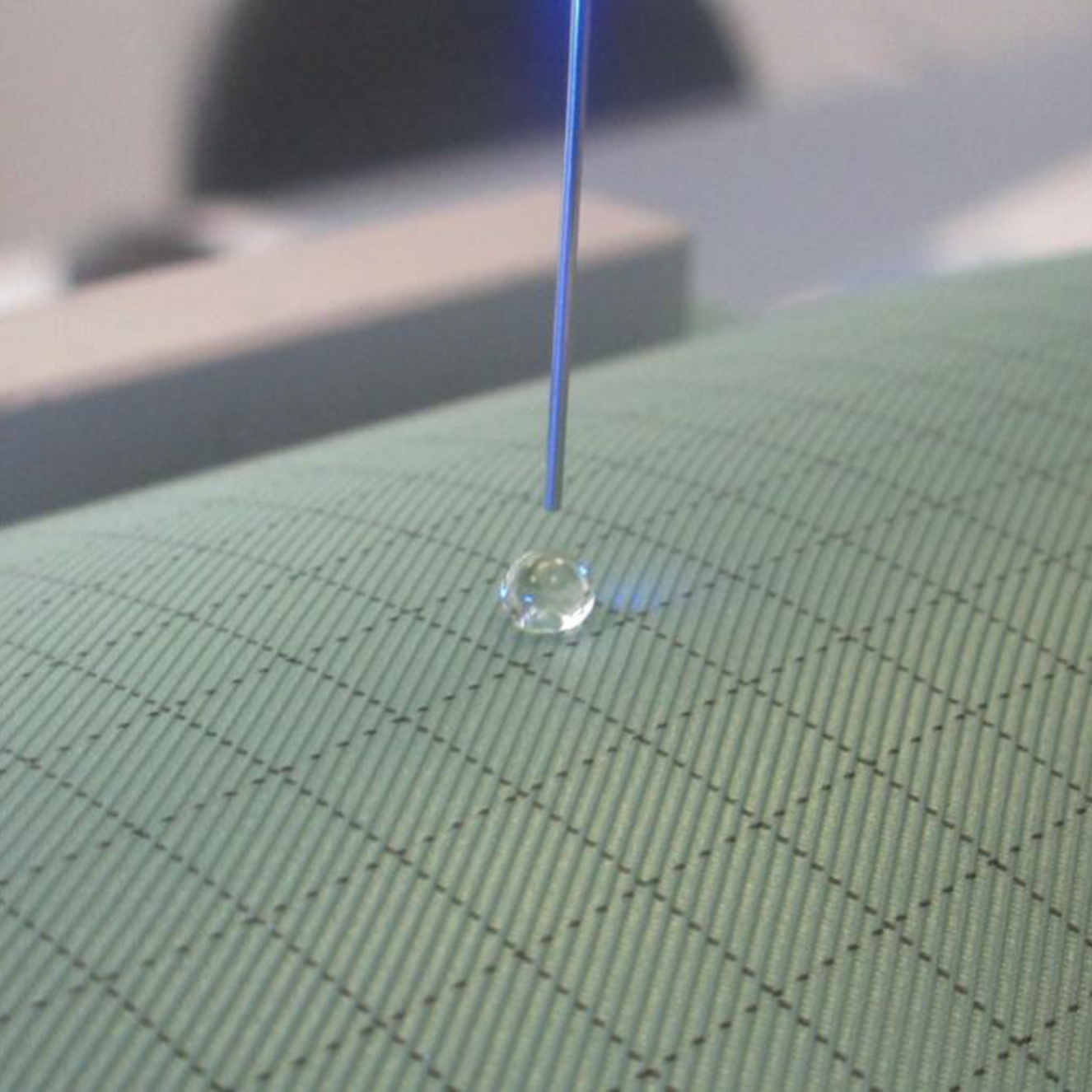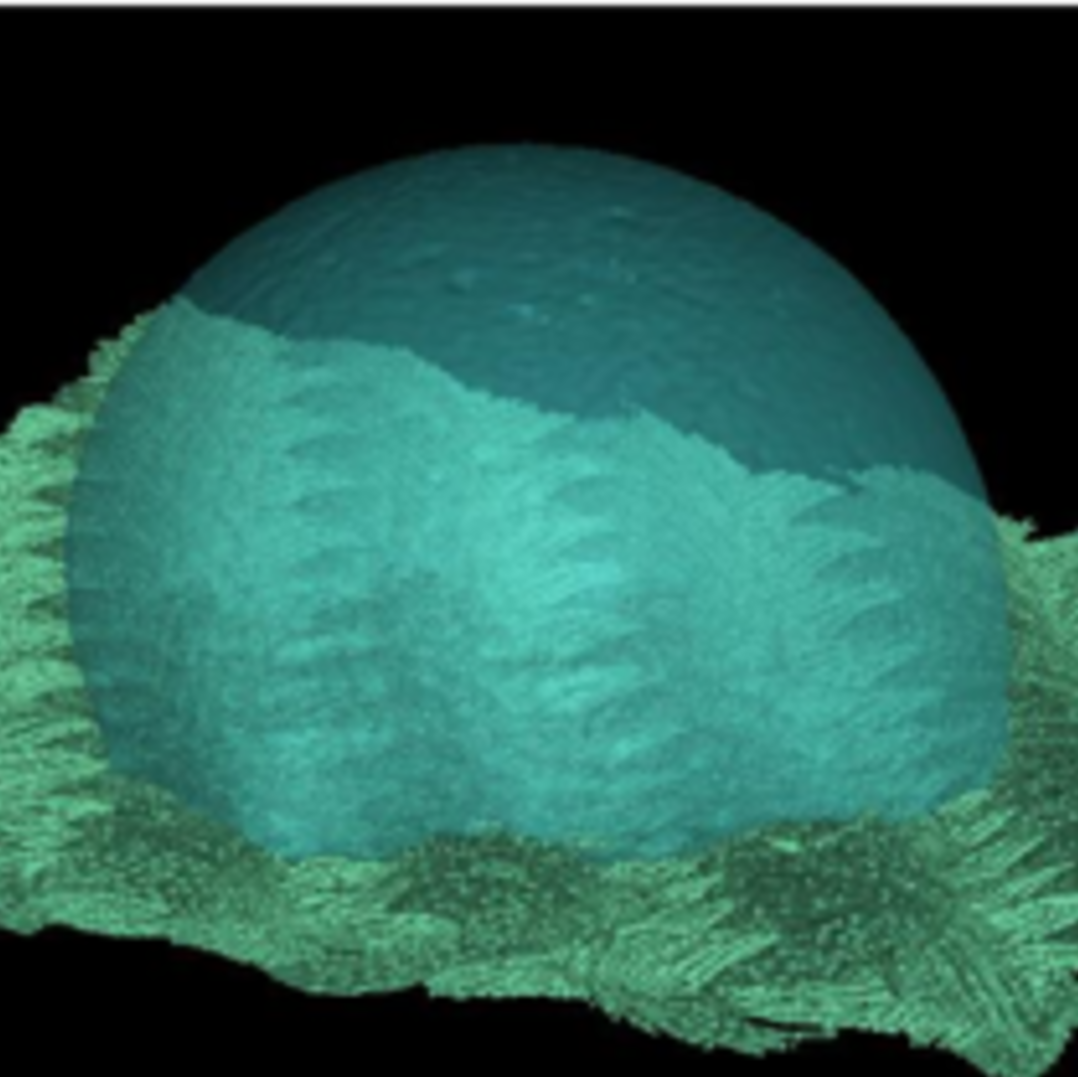PRESS RELEASE
Oberpfaffenhofen, 18. December 2020. OHB System AG, a subsidiary of European space and technology group OHB SE, has examined the protective effect of cleanroom clothing commonly used in satellite production against droplet infection in a study conducted jointly with Dastex Reinraumzubehör GmbH & Co. KG and Krüss GmbH. It was shown that cleanroom clothing not only protects the cleanroom environment from contamination by humans, but can also achieve a protective effect for the humans themselves that is comparable to that of commercially available disposable protective clothing.
TECHNOLOGY TRANSFER
Satellites are manufactured in a strictly controlled environment that may only be entered in special protective clothing to prevent contamination of sensitive components by humans. In view of the global coronavirus pandemic and the resulting shortage of suitable protective clothing for medical and nursing staff in particular, OHB has been working with Dastex, a producer of cleanroom equipment, and measuring device manufacturer Krüss to investigate whether cleanroom clothing is also suitable for protecting humans from harmful influences and especially from infectious droplets. A further aim of the investigation was to develop a scientific evaluation procedure for the protective effect of textiles.
DEVELOPMENT OF A NEW PRACTICAL TESTING METHOD
To this end, OHB, Dastex and Krüss sampled various textiles using a new test procedure developed specifically for this purpose. Current test methods are primarily geared to the disposable textiles mainly used for medical protective clothing and can only be carried out at considerable expense. Cleanroom clothing, on the other hand, usually consists of reusable textiles that are washed several times in their life cycle and then have to be tested for their continued functionality.
MEASUREMENTS IN THE LABORATORY AND AT THE PARTICLE ACCELERATOR
In order to show that cleanroom clothing offers protection against droplet infection and does not lose its protective properties even after several washing cycles, it was investigated how droplets emitted by humans behave on different textile surfaces. OHB, Dastex and Krüss received support in carrying out the measurements from Quality Analysis GmbH and the working group of the Helmholtz Centre Geesthacht at DESY in Hamburg. Volume Graphics GmbH was responsible for evaluating the data generated at DESY. As a substitute for real saliva drops, droplets of ultrapure water of the appropriate size were used for the measurements. These were applied to the textile surfaces and the contact angle between the droplet and the surface was then determined. This indicates which shape - flat or spherical - the drop assumes on the surface and allows a statement to be made about whether the drop penetrates the textile immediately, over time or not at all and how strongly it adheres to the surface. For a good protective effect against droplet infection, it is positive if the surface repels the droplet, as it can then either fall to the ground or evaporate without direct contact with humans. At the particle accelerator DESY, scientists from the Helmholtz Centre Geesthacht also collected high-resolution computer tomographic data to validate the contact angle measurements and additionally investigate the penetration behaviour of the droplets into the textile.
Normal cleanroom clothing is not water-repellent, which means that droplets penetrate it after a short time. However, the measurements carried out showed that cleanroom clothing finished with polytetrafluoroethylene (PTFE) can keep up with commercially available disposable protective clothing in terms of its water-repellent properties - not only when new, but also after 120 washing cycles. The drops remain spherical on the textile surface at a contact angle of 140° and hardly adhere to it, which speaks for a good protective effect.
REUSABLE CLOTHING CAN KEEP UP WITH DISPOSABLE CLOTHING
Several findings were obtained from the results of the study. On the one hand, it has been shown that contact angle measurement can be used as a simple and quick alternative method for sampling textiles. This offers the advantage that the protective effect of textiles against infectious agents can also be investigated outside specialised laboratories. On the other hand, it could be shown that modified cleanroom clothing can be an alternative to disposable protective clothing. Since disposable protective clothing is largely produced in Asia, while there are also German and European suppliers of reusable clothing, this results in several advantages for the environment and logistics: a disposable item is replaced by a reusable product and at the same time emissions caused by long supply chains can be reduced.
